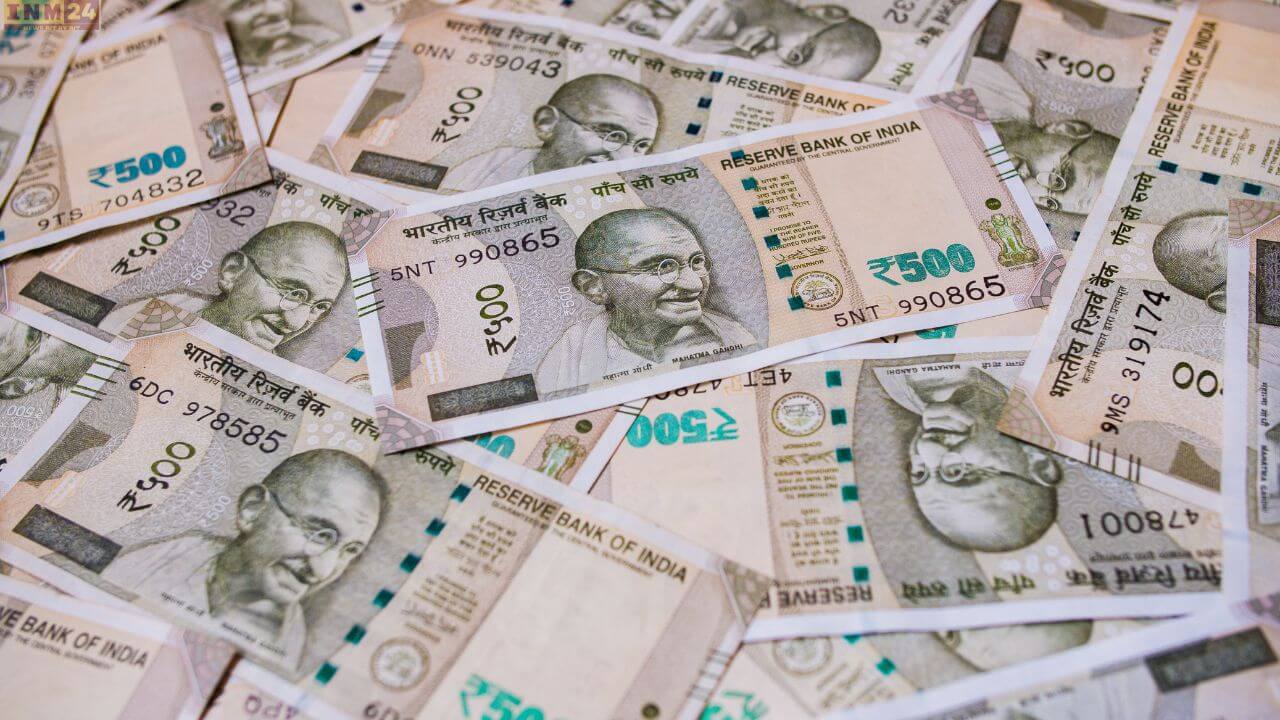The central government is gearing up to replace the minimum wage with a living wage by 2025, and for the assessment and implementation of this, it has sought technical assistance from the International Labour Organization (ILO).
Transitioning to a Living Wage and Seeking Assistance from ILO
It’s a significant development for both organized and unorganized sector workers. Starting from 2025, the central government plans to abolish the system of minimum wage and introduce the concept of a living wage. According to reports, the government aims to replace the existing minimum wage system with a living wage by 2025 and has sought technical assistance from the International Labour Organization (ILO) to develop a framework for its assessment and implementation. The decision to approve reforms related to the minimum wage was taken at the 350th session of the ILO’s Governing Body held in Geneva on March 14. The government claims that the living wage will be higher than the basic minimum wage, thus allowing workers to move ahead from the minimum wage level within a year.
Understanding Living Wage and its Benefits
A living wage is defined as the minimum income necessary for a worker to meet their basic needs, including housing, food, healthcare, education, and clothing. Officials emphasize the importance of considering health, education, and standard of living as crucial factors in evaluating the living wage. The government’s contact with the ILO for assistance is aimed at showcasing the positive economic impact of capacity building, data collection, and livelihood wages.
Current Situation Regarding Minimum Wage
Currently, India has around 50 crore workers, with 90% of them belonging to the unorganized sector. They earn a daily wage of at least Rs. 176 or more, depending on the state regulations. Since no amendment has been made to the national minimum wage since 2017, the implementation of the revised Wage Code Act of 2019 is still pending. This Act proposes a wage floor that will be binding on all states, ensuring uniformity in wages across the country. With the abolition of the minimum wage system and the introduction of the living wage, workers’ earnings are expected to surpass the current minimum wage levels.
The transition to a living wage system signifies India’s efforts towards achieving Sustainable Development Goals (SDGs) by 2030, potentially lifting millions out of poverty
